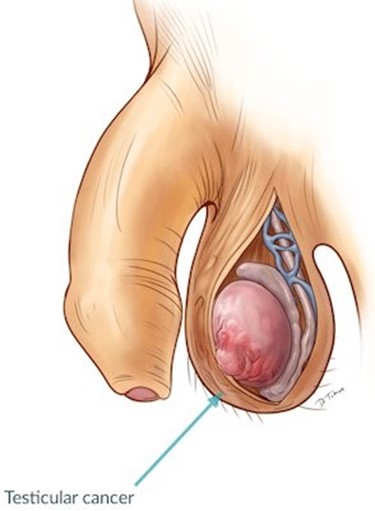A nurse is assessing a client's understanding of a surgical procedure prior to witnessing their signature on the informed consent form. The nurse determines that the client does not understand what the procedure will involve. Which of the following actions should the nurse take?
Provide teaching about the surgical procedure for the client.
Instruct the client's spouse to sign the consent form.
Read the consent form to the client using words the client will understand.
Contact the provider who will be performing the procedure.
The Correct Answer is D
Answer: D. Contact the provider who will be performing the procedure.
Rationale:
A) Provide teaching about the surgical procedure for the client:
While nurses play an essential role in patient education, it is the responsibility of the healthcare provider performing the procedure to ensure the patient fully understands the details, risks, and benefits. Nurses can clarify information but should not provide the initial comprehensive explanation of the procedure.
B) Instruct the client's spouse to sign the consent form:
The client is the one who needs to provide informed consent, not the spouse, unless the client is legally unable to do so. In such cases, legal documentation, such as a power of attorney, is required. Instructing the spouse to sign without proper authorization is inappropriate and potentially legally problematic.
C) Read the consent form to the client using words the client will understand:
While simplifying the language of the consent form can help, it is not sufficient if the client does not fully understand the procedure. Full understanding requires a detailed discussion about the procedure, risks, benefits, and alternatives, which should be done by the provider performing the procedure.
D) Contact the provider who will be performing the procedure:
The provider performing the procedure has the responsibility to ensure the client understands all aspects of the surgery. Contacting the provider to provide a thorough explanation ensures that the client receives accurate and complete information, allowing for truly informed consent.
Nursing Test Bank
Naxlex Comprehensive Predictor Exams
Related Questions
Correct Answer is A
Explanation
Choice A rationale:

Testicular cancer may present as a painless lump or swelling in the testicle. It's important for the client to monitor for any new or unusual lumps, as they could be indicative of cancer.
Choice B rationale:
A decreased size of the testicle is not a typical manifestation of testicular cancer. It is more commonly associated with conditions like testicular atrophy due to other causes.
Choice C rationale:
Asymmetry in the position of the testicles, with one testicle descending lower than the other, is a normal variation and not a sign of testicular cancer.
Choice D rationale:
Dilated veins above the testicle can be a sign of a varicocele, which is a separate condition from testicular cancer. It is caused by abnormal enlargement of veins in the scrotum and is generally not associated with cancer.
Correct Answer is C
Explanation
Choice A rationale:
A 23-year-old client in skeletal traction may be at risk of pressure injuries, but being young and presumably healthier than the other options, this client may have a lower risk compared to the other choices.
Choice B rationale:
A 67-year-old client with coronary artery disease may be at risk of pressure injuries, especially if the client has limited mobility or is bedridden. However, coronary artery disease alone does not significantly increase the risk of pressure injuries.
Choice C rationale:
A 32-year-old client with a spinal cord injury is most at risk of developing a pressure injury. Spinal cord injuries often result in paralysis or limited mobility, leading to prolonged pressure on specific areas of the body, which can cause pressure ulcers.
Choice D rationale:
A 55-year-old client with emphysema may have compromised lung function, but this alone does not significantly increase the risk of pressure injuries. Pressure injuries are primarily related to immobility and pressure on specific body areas.
Whether you are a student looking to ace your exams or a practicing nurse seeking to enhance your expertise , our nursing education contents will empower you with the confidence and competence to make a difference in the lives of patients and become a respected leader in the healthcare field.
Visit Naxlex, invest in your future and unlock endless possibilities with our unparalleled nursing education contents today
Report Wrong Answer on the Current Question
Do you disagree with the answer? If yes, what is your expected answer? Explain.
Kindly be descriptive with the issue you are facing.
